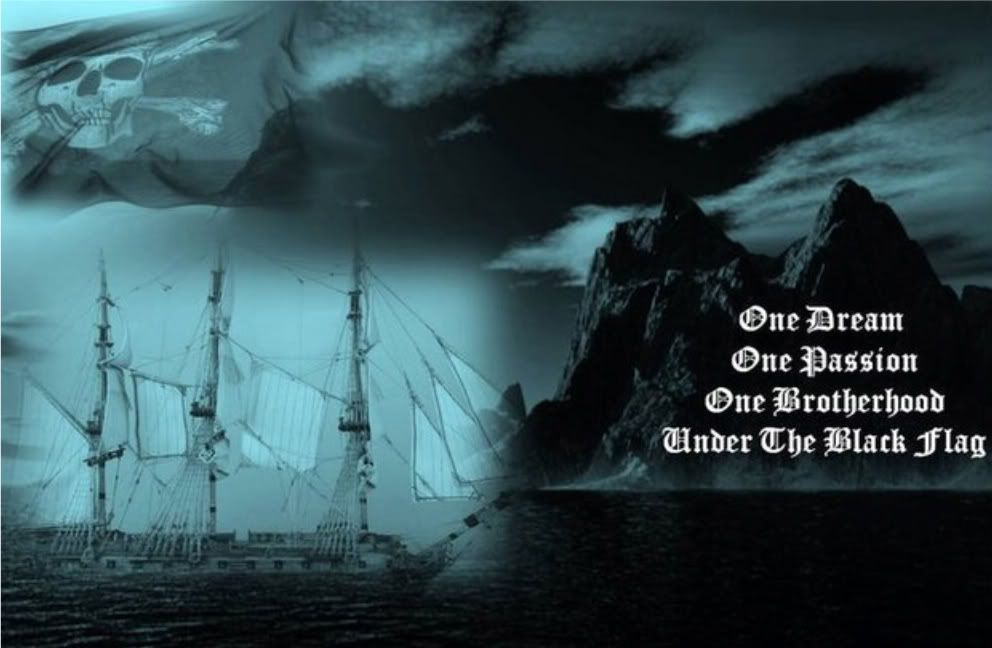Found after 300 years, the scourge of the British navy
news, wreck 10:45 μ.μ.
Wreck found off Plymouth is identified as feared French corsair
With 25 guns and a plunder-thirsty crew, La Marquise de Tourny was the scourge of the British merchant fleet some 260 years ago. For up to a decade, the French frigate terrorised English ships by seizing their cargoes and crew under a form of state-sanctioned piracy designed to cripple British trade.
Then, in the mid-18th century, the 460-ton vessel from Bordeaux, which seized three valuable cargo ships in a single year and distinguished itself by apparently never being captured by the English, disappeared without a trace. Nearly 300 years later, the fate of La Marquise and its crew can finally be revealed.
Wreckage from the frigate, including the remarkably well-preserved ship's bell carrying its name and launch date of 1744, has been found in the English Channel some 100 miles south of Plymouth by an American exploration company, suggesting that the feared privateer or "corsair" sank with the loss of all hands in a storm in notoriously treacherous waters off the Channel Islands.
The vessel is the first of its type to be found off British waters and one of only three known around the world, offering a unique insight into a frenetic phase of Anglo-French warfare when both countries set about beefing up their meagre navies in the mid-1700s by providing the captains of armed merchant vessels with "Letters of Marque" to take to the seas and capture enemy ships in revenge for attacks on other cargo convoys.
The result was an escalating war of commercial attrition during which these privately-owned English and French floating raiders fought each other to a stalemate by seizing more than 3,000 vessels each in a nine year period between 1739 and 1748 as both sides sought to choke off valuable trade with their colonies in America and the West Indies. The proceeds from the sale of a single cargo could be enough to make a corsair's crew rich for life.
Dr Sean Kingsley, a British marine archaeologist who has studied the remains of La Marquise de Tourny, told The Independent: "It is a rare symbol of the mid-18th century need to fuse business with warfare at a time when naval fleets were small. Many sea captains dreamed of finding enemy ships stuffed with treasure and becoming rich beyond their wildest dreams."
The wreck was first discovered by researchers working for Florida-based Odyssey Marine Exploration in 2008, but it has taken two years of painstaking archaeological detective work to conclusively establish the identity of La Marquise, not least because the site in the western end of the English Channel has been badly damaged by trawlers. Evidence such as the ship's hefty 52kg bell could now be offered on loan to French and British museums.
Odyssey, which last year announced it had also discovered nearby the remains of HMS Victory, the immediate predecessor to Admiral Nelson's flagship of the same name, has drawn criticism from some archaeologists for its excavation of wrecks and the selling of artefacts such as coins to recover its costs and fund future projects.
Odyssey argues that the site of La Marquise, where the wooden structure has been dispersed by fishing vessels and natural currents, shows that there is a race against time to examine such wrecks and retrieve whatever artefacts remain before they are destroyed.
Greg Stemm, the company's chief executive, said: "Unfortunately, this type of damage has been common to virtually every site we have discovered in the English Channel. It won't be long before this site will be completely erased from history, which makes it all the more important for the private sector to step in and help with projects."
The discovery of La Marquise nonetheless casts new light on privateering. Named after the wife of the Marquis de Tourny, the royal governor of Bordeaux credited with overseeing the French port's transformation into a colonial trade hub, the frigate-style ship would have combined marauding with delivering cargo between the Americas and French Channel ports.
Archaeologists believe that the vessel, which between 1746 and 1747 alone had captured four ships and possibly took many others, was distributing a perishable cargo such as coffee or sugar when it sank. It was held up as a fine example of a corsair built for speed whose design needed to be replicated in later vessels.













